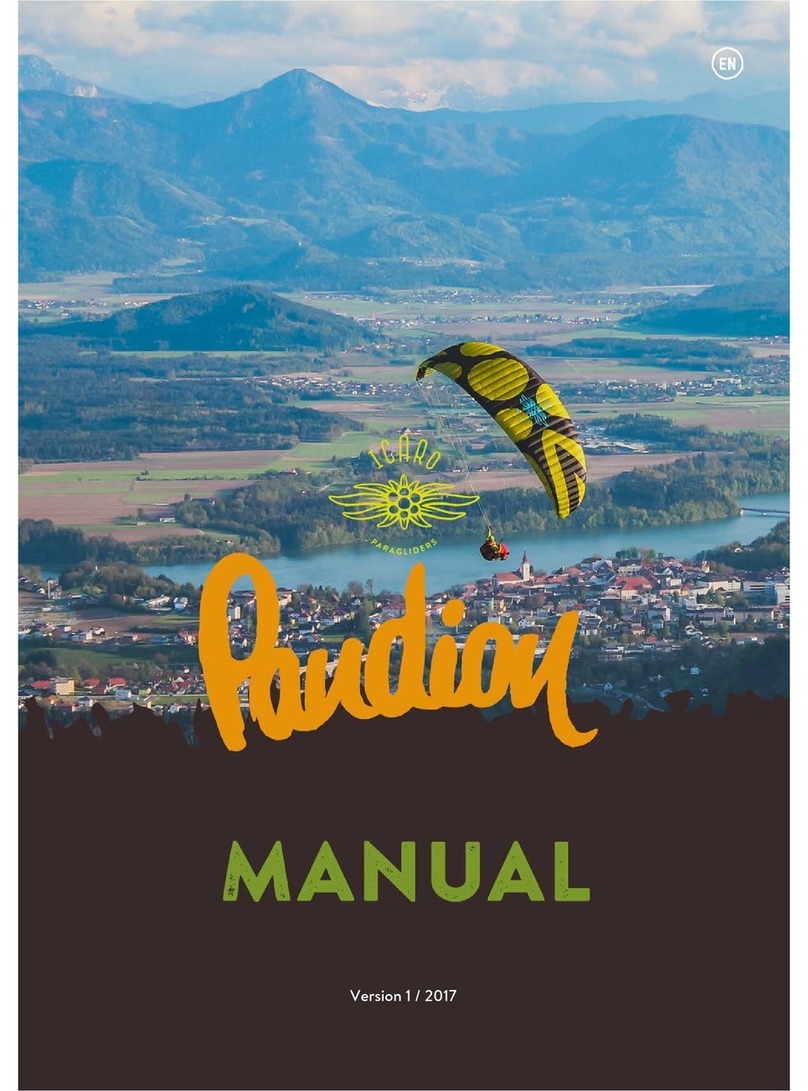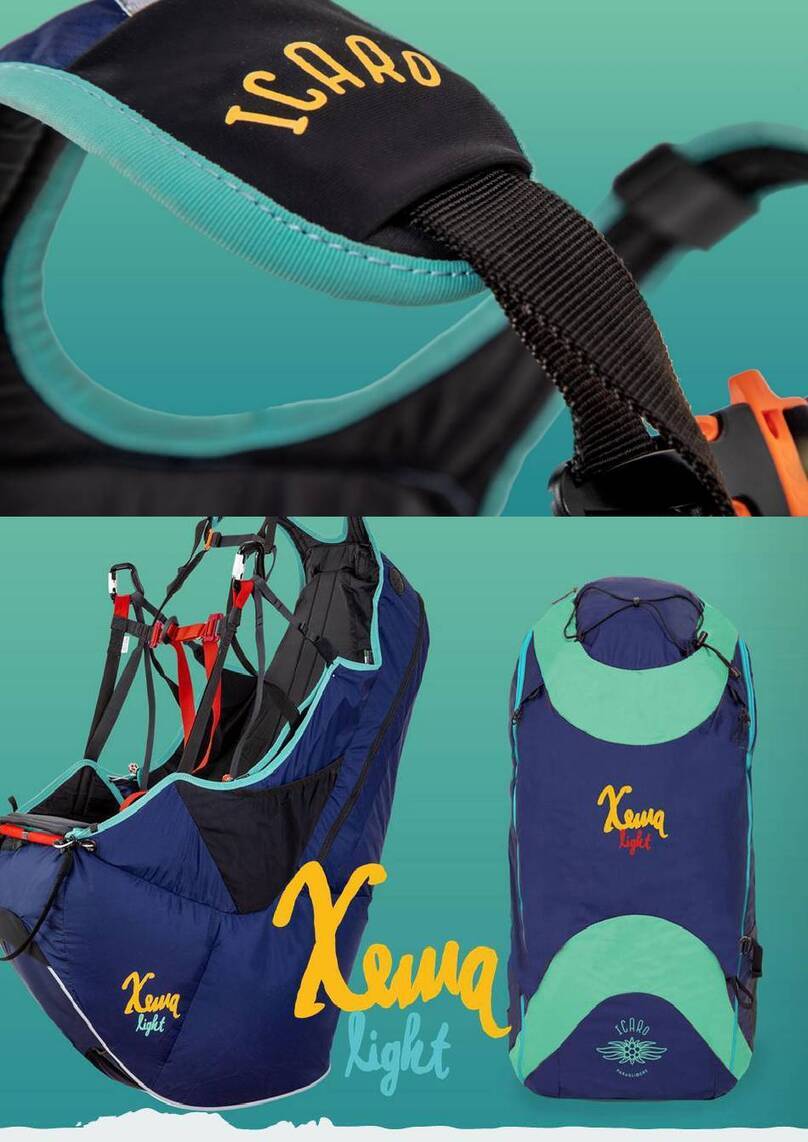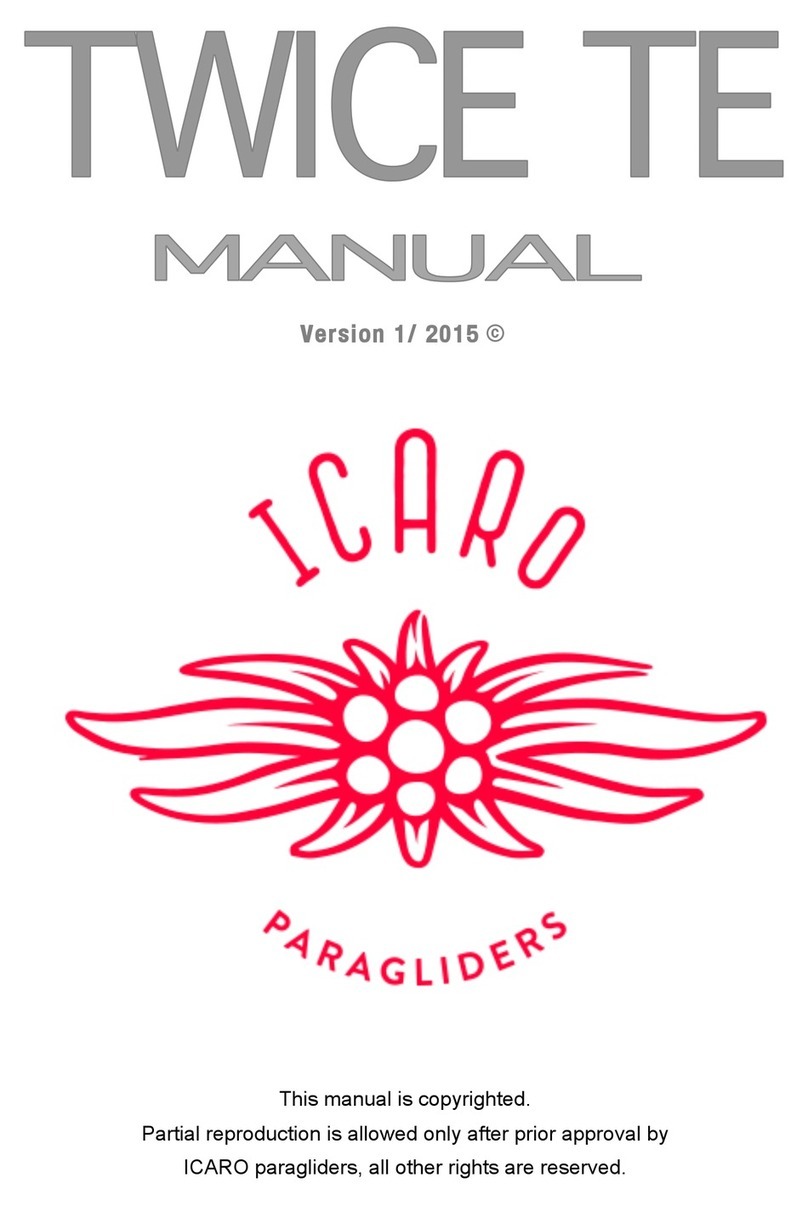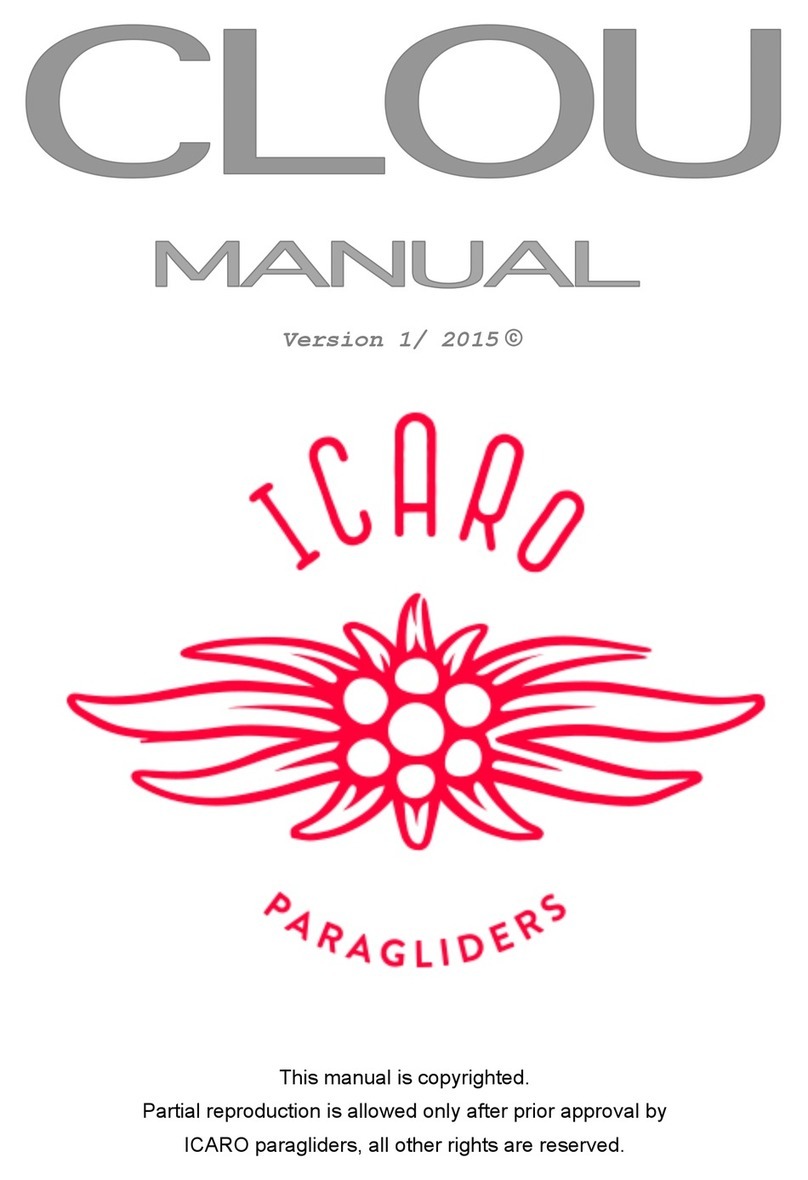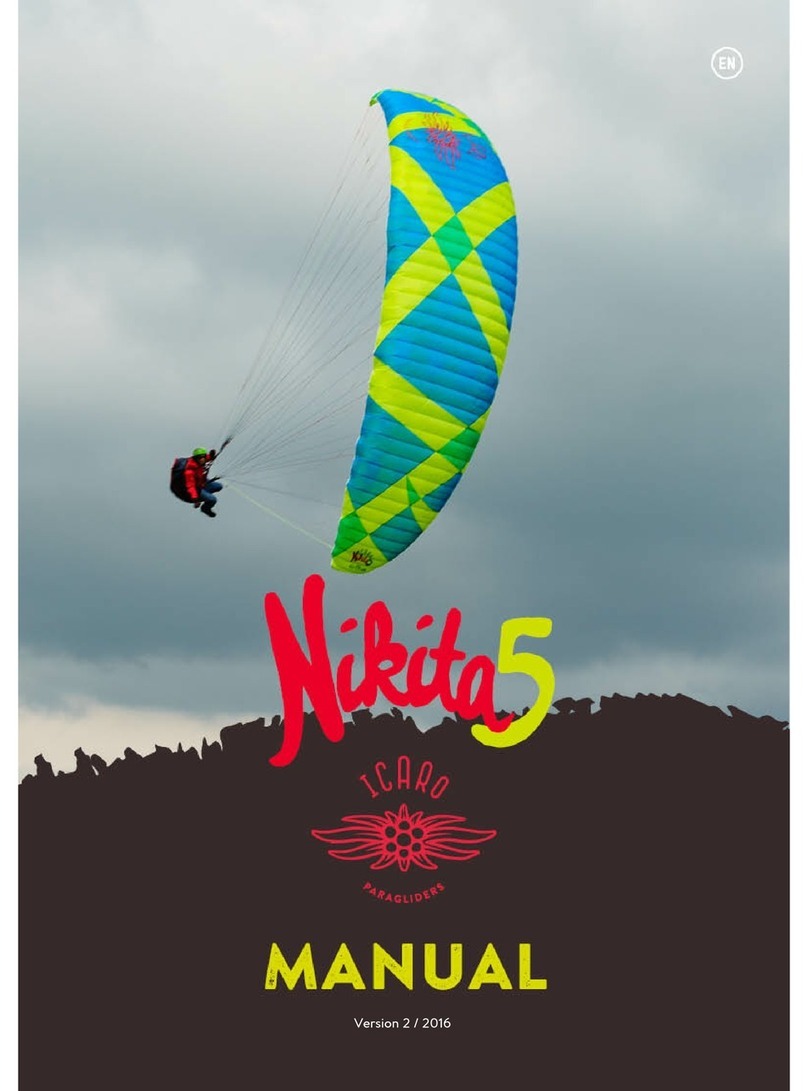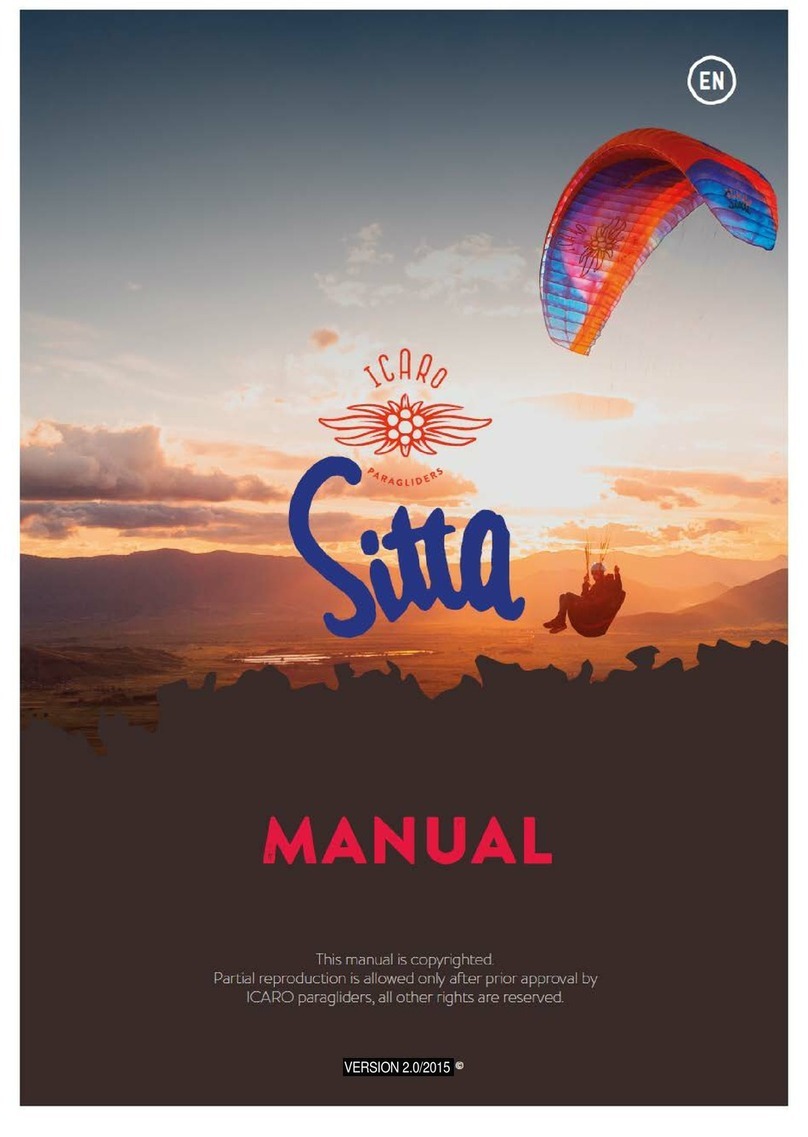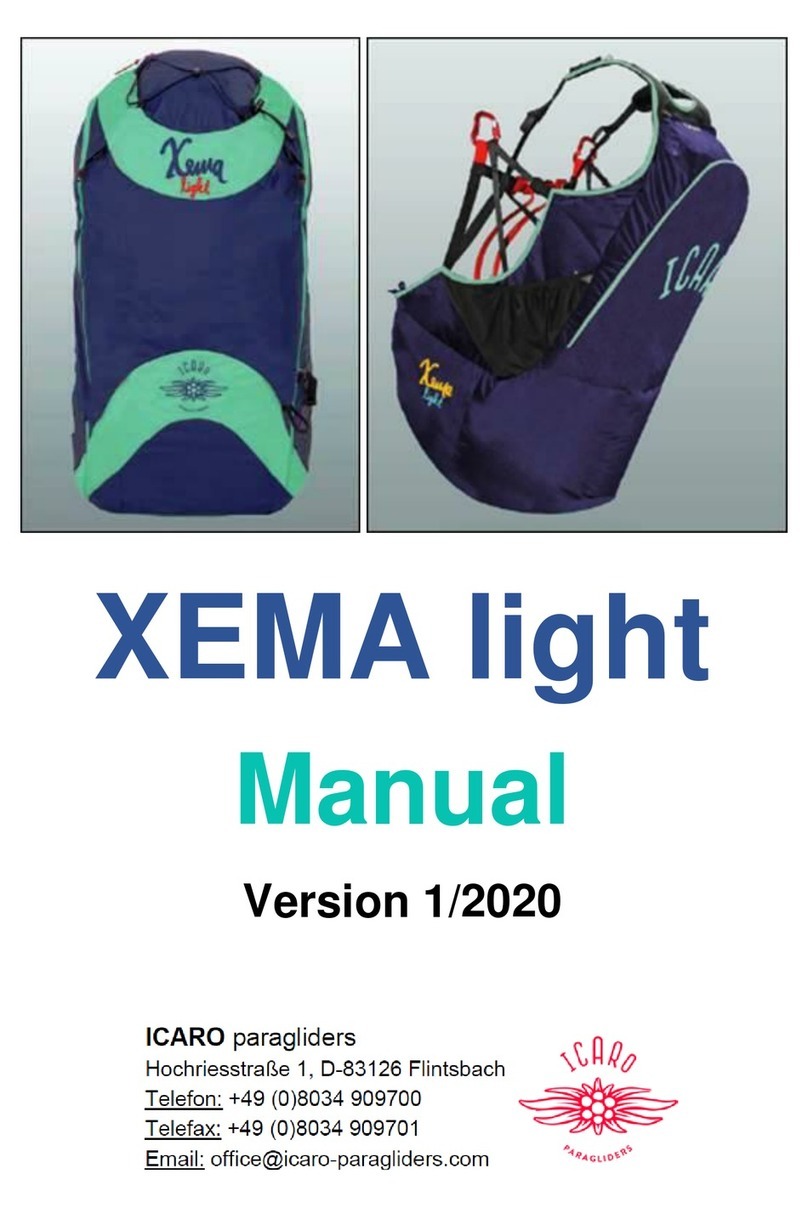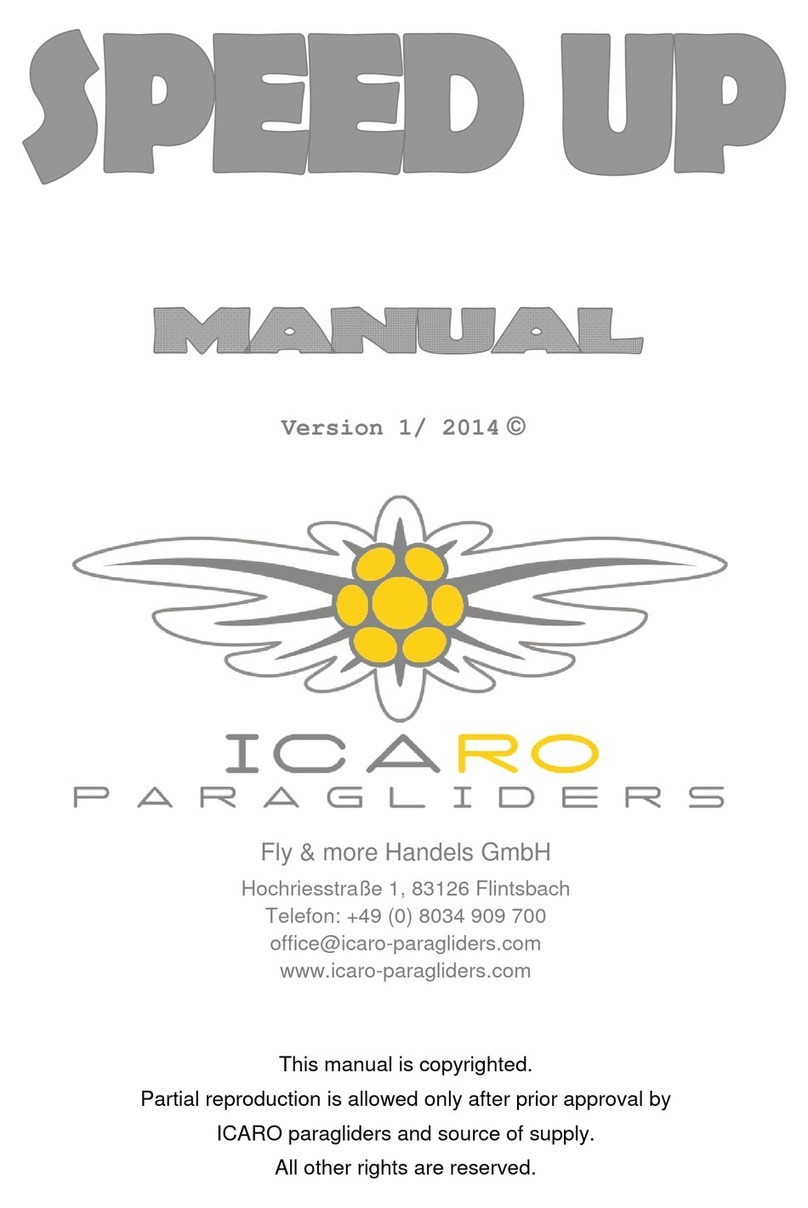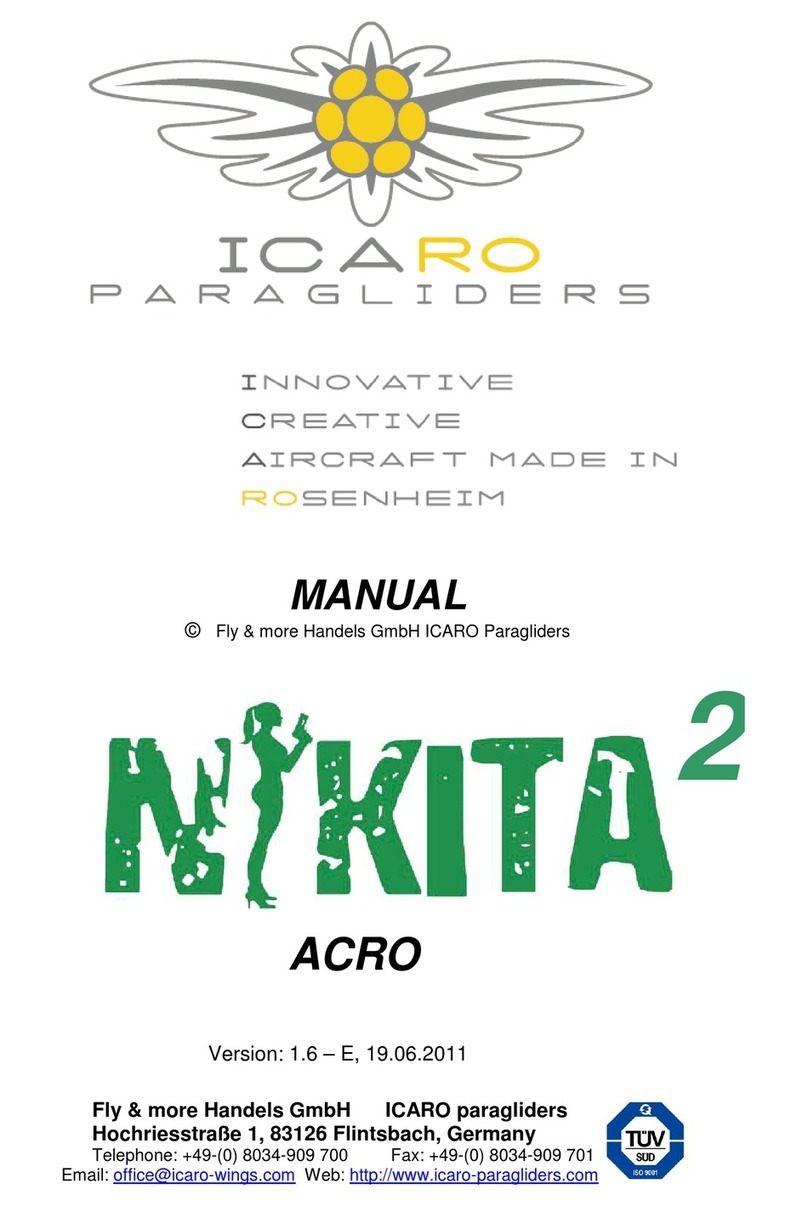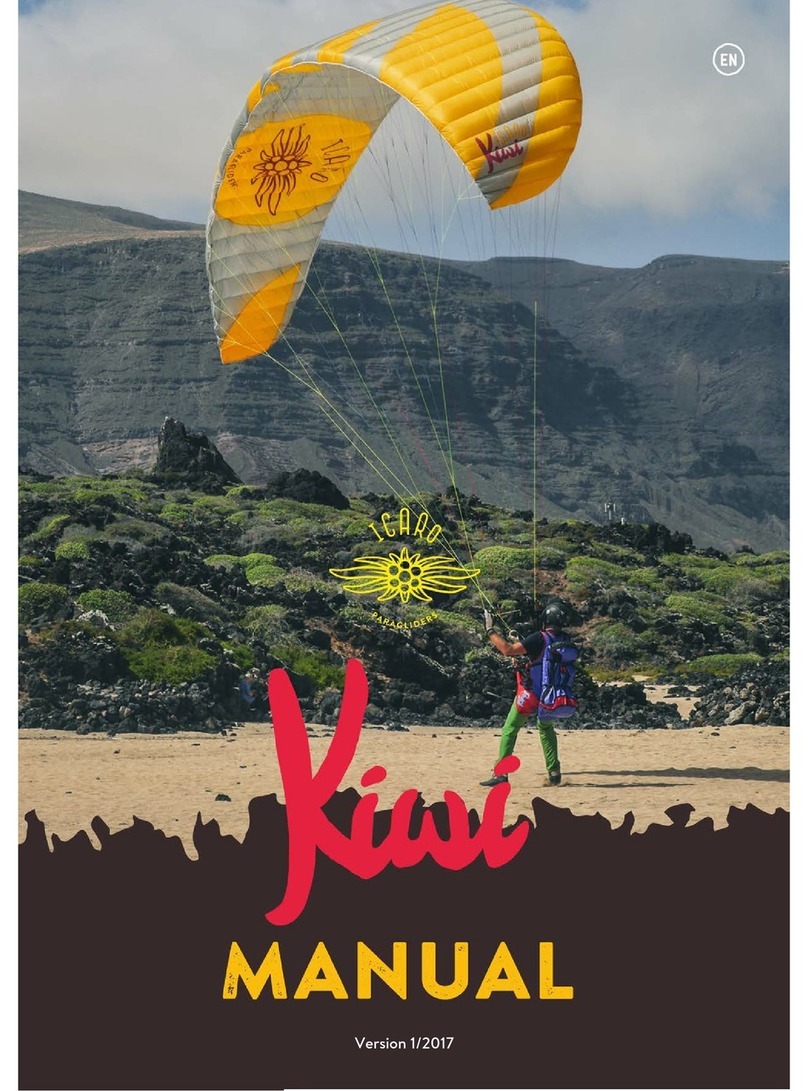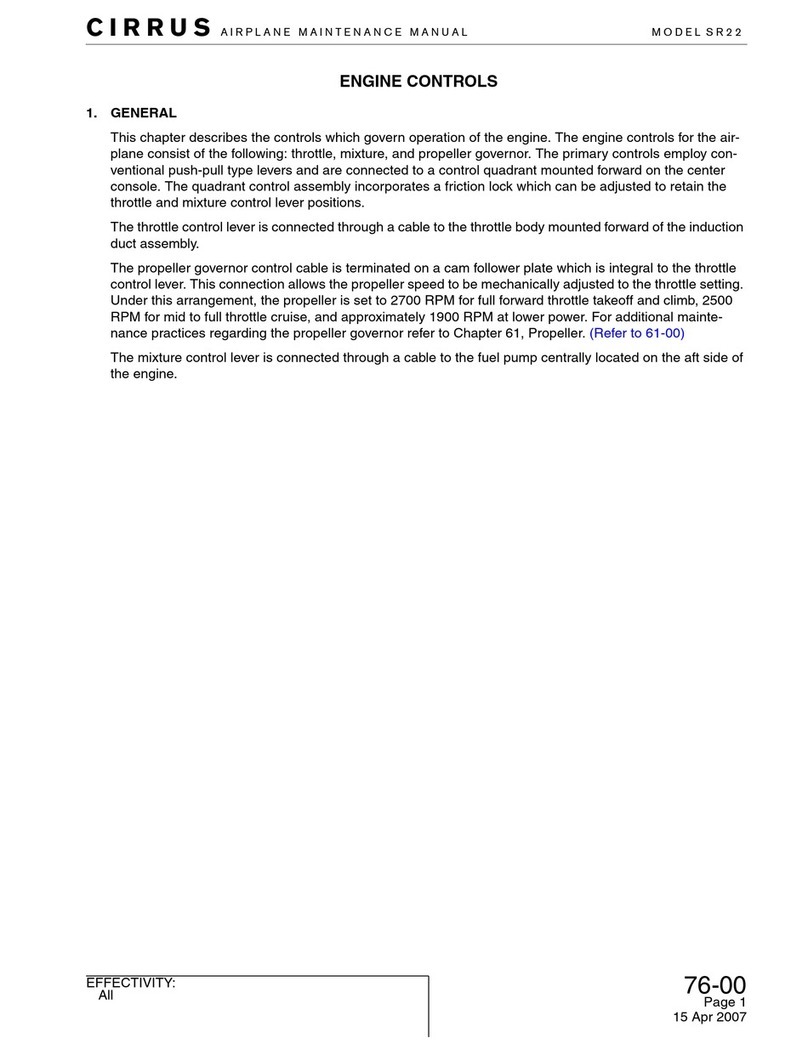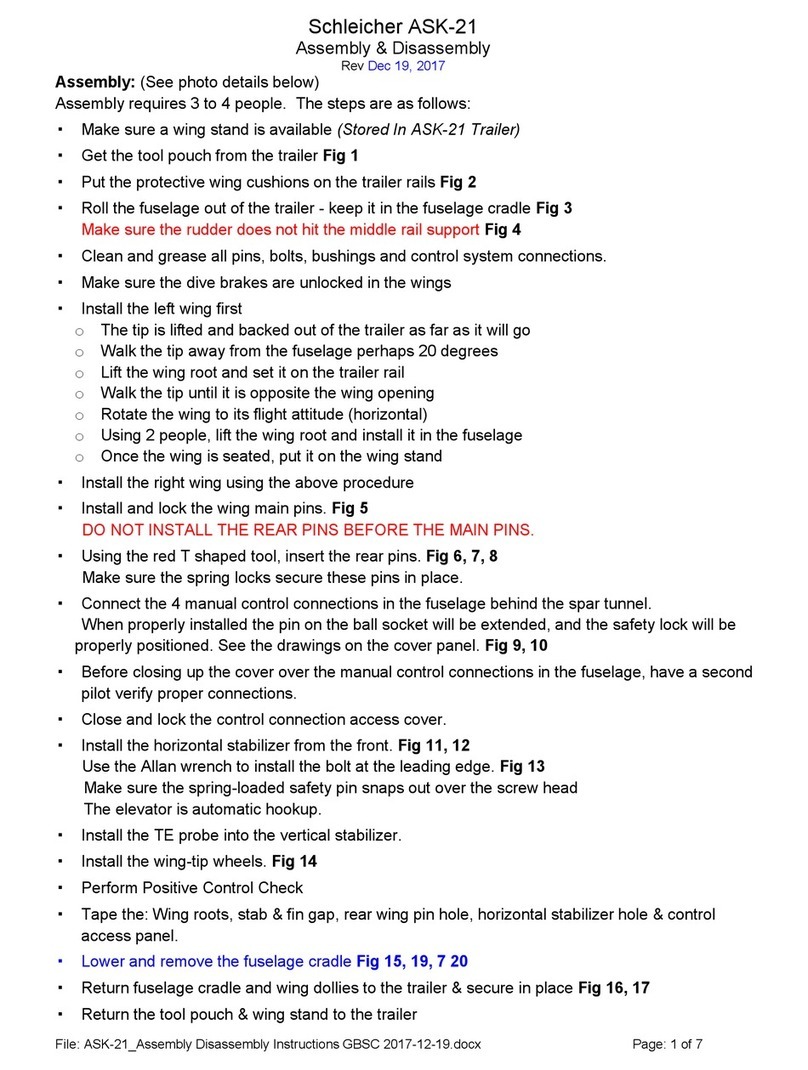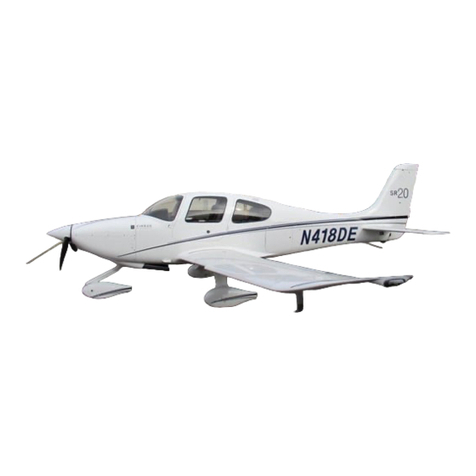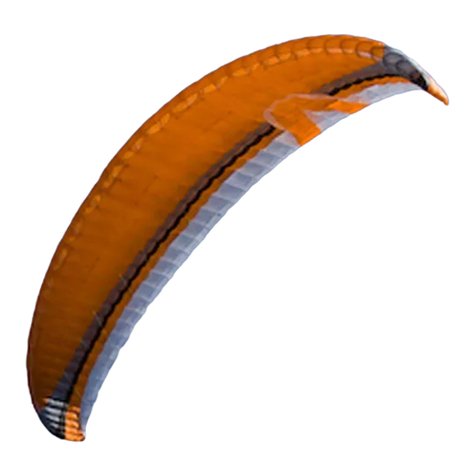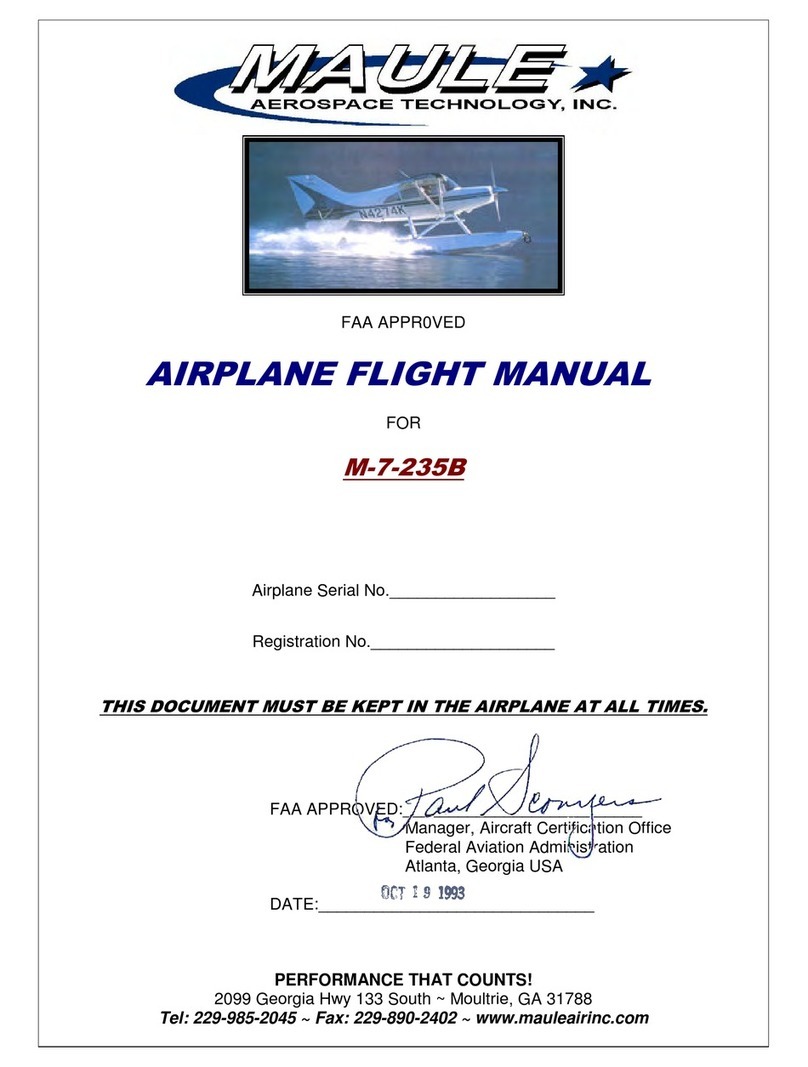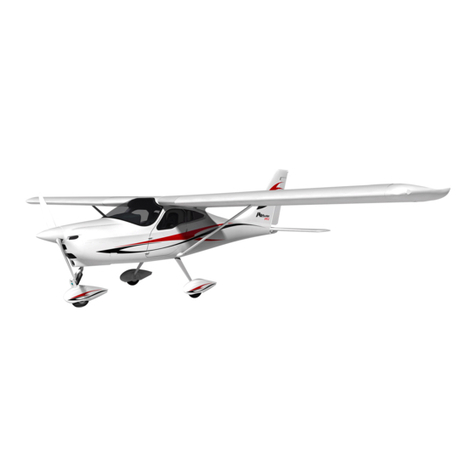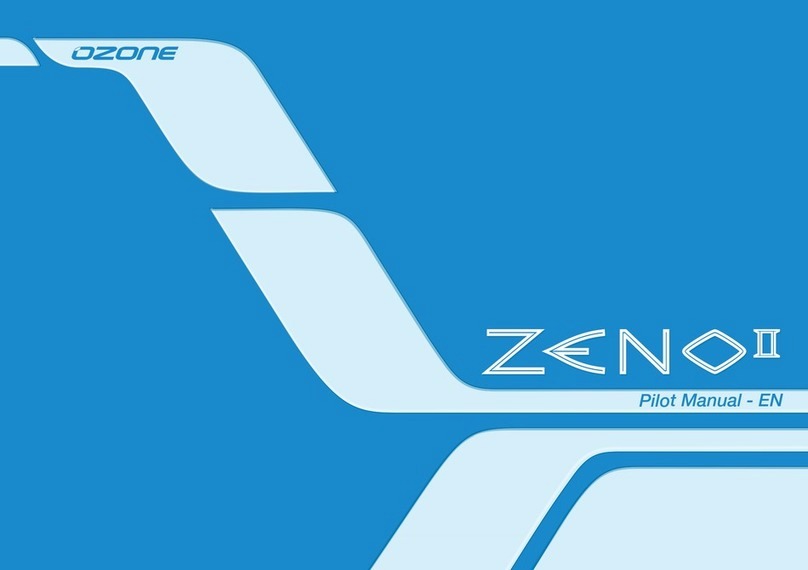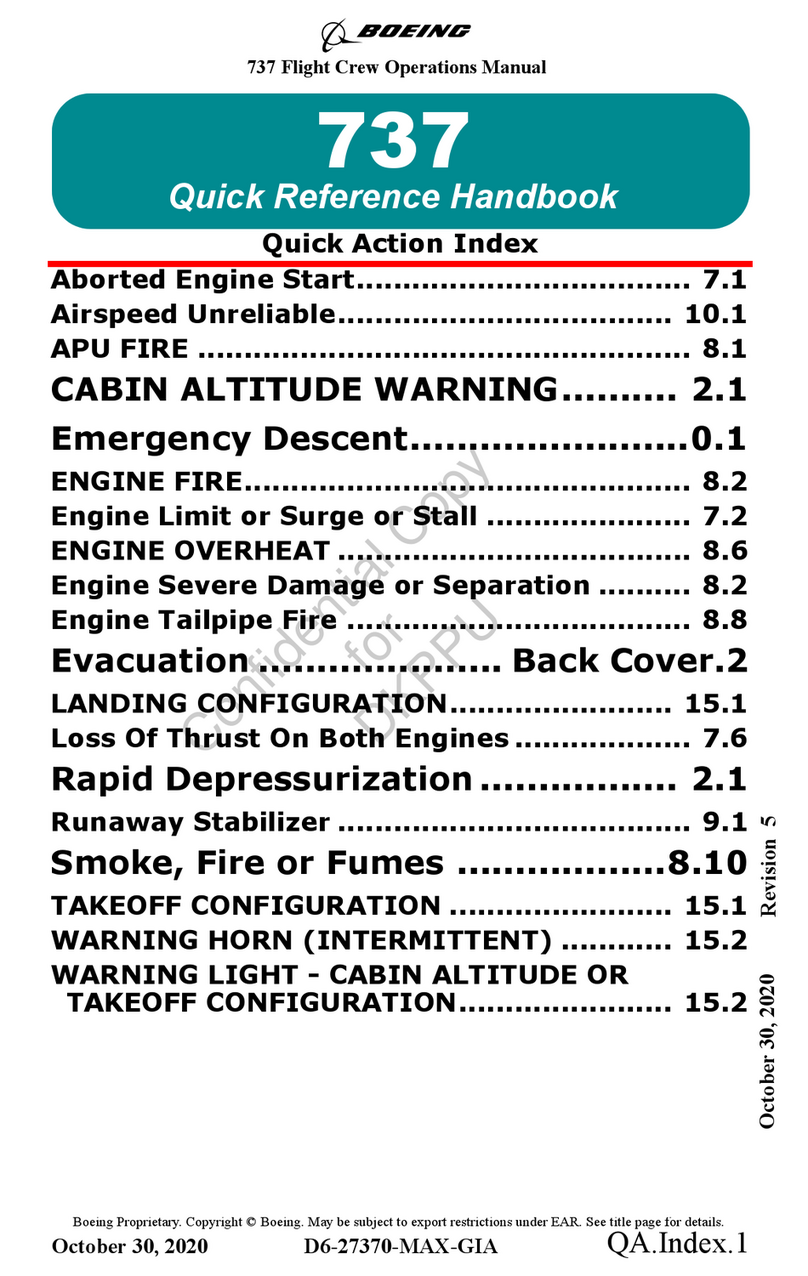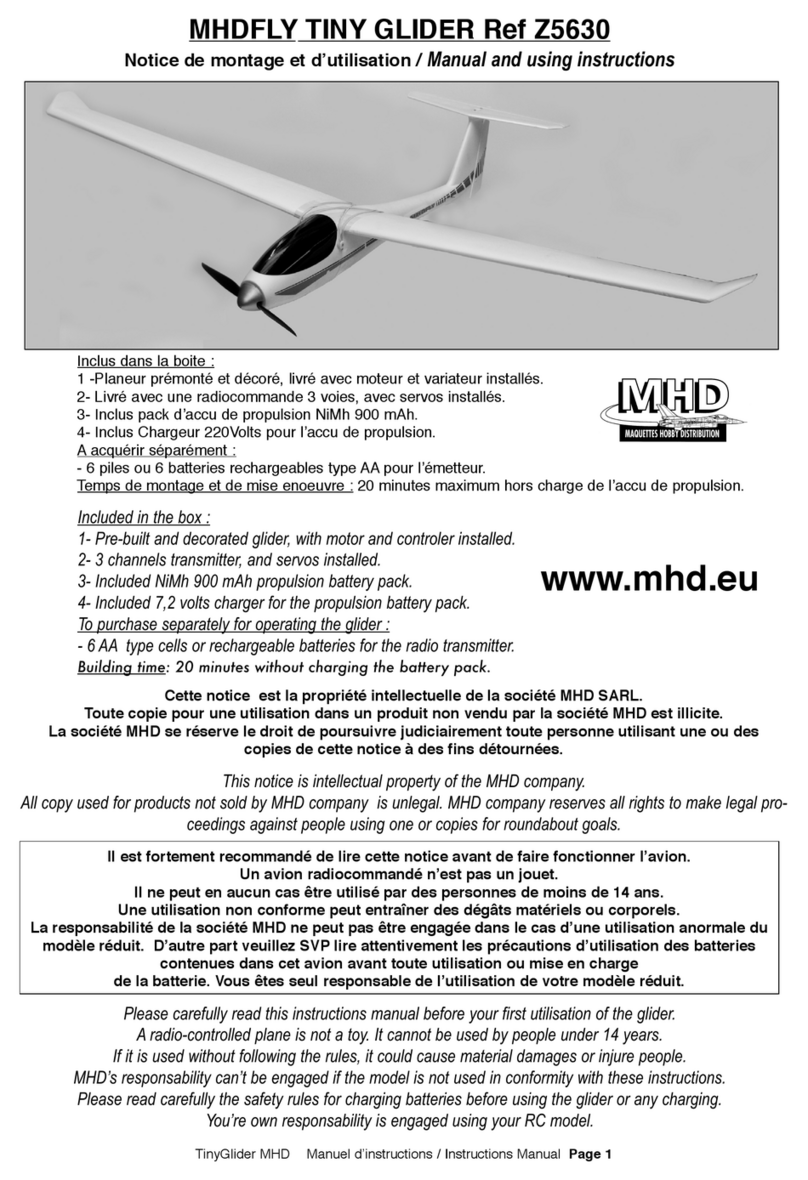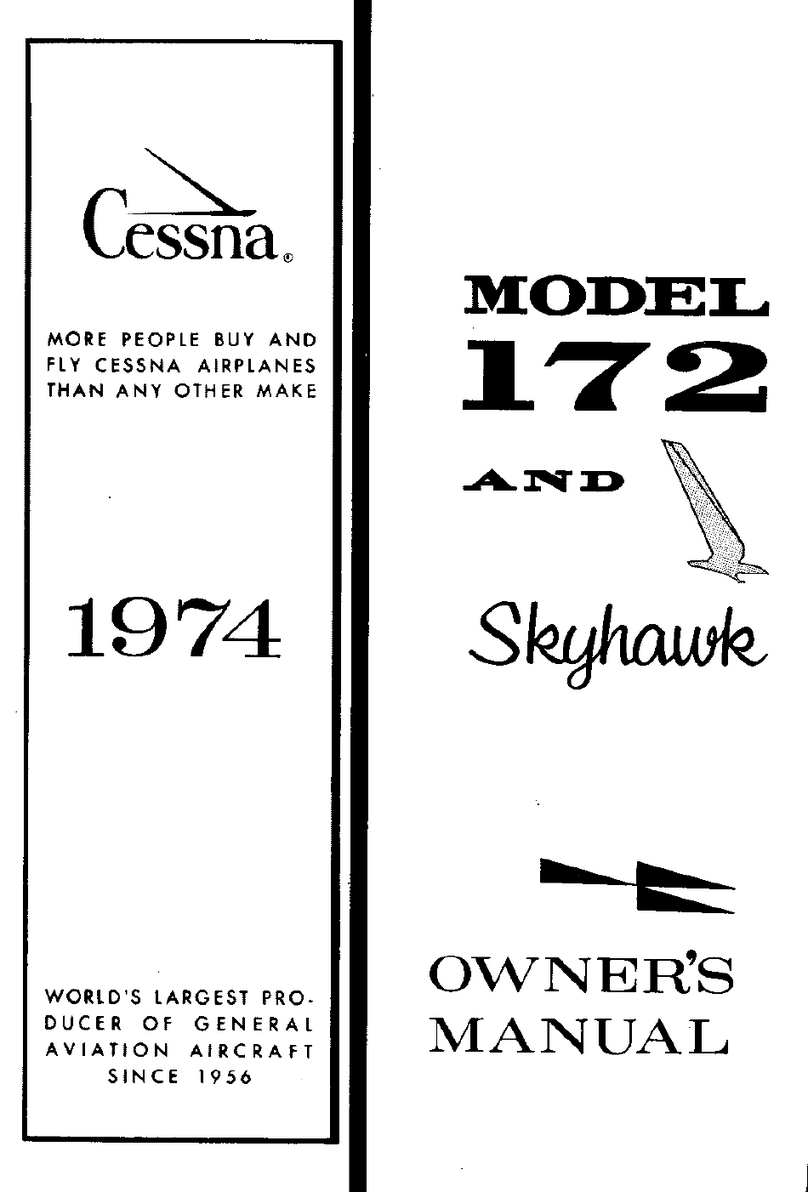Page 4
LIST OF CONTENTS
I. YOUR OXYGEN ........................................................................................................ 7
CHARACTERISTICS OF OXYGEN.................................................................................. 7
TECHNICAL DATA......................................................................................................... 7
CANOPY ...................................................................................................................... 8
LINE MATERIAL ............................................................................................................ 8
RISERS........................................................................................................................ 8
ACCELERATION SYSTEM............................................................................................... 9
CERTIFICATION ............................................................................................................ 9
II. FLIGHT TIPS ............................................................................................................. 9
PRE FLIGHT CHECK &FLIGHT PREPARATION ................................................................ 9
LAUNCH..................................................................................................................... 10
TURNING ................................................................................................................... 10
LANDING.................................................................................................................... 10
ACCELERATION (WITH SPEED SYSTEM)........................................................................ 10
TOWING..................................................................................................................... 11
GROUND TRAINING .................................................................................................... 11
THERMALS AND FLYING IN TURBULENCES,“ACTIVE FLYING”.......................................... 11
III. DESCENT TECHNIQUES........................................................................................ 12
BIG &SMALL EARS .................................................................................................... 12
B-LINE STALL............................................................................................................. 12
SPIRAL DIVE .............................................................................................................. 13
IV. FLIGHT INCIDENTS................................................................................................ 13
DEEP /PARACHUTE STALL ......................................................................................... 13
ASYMMETRIC COLLAPSE ............................................................................................ 13
SYMMETRIC COLLAPSE .............................................................................................. 13
CRAVAT..................................................................................................................... 14
EMERGENCY STEERING.............................................................................................. 14
NEGATIVE SPIN.......................................................................................................... 14
FULL STALL ............................................................................................................... 14
V. SERVICE, REPAIRS AND MAINTENANCE............................................................ 15
CARE INSTRUCTIONS.................................................................................................. 15
REPAIRS.................................................................................................................... 15
INSPECTION,PREREQUISITES AND PERSONAL QUALIFICATION ..................................... 16
INSPECTION INSTRUCTIONS........................................................................................ 16
INSPECTION REFERENCE............................................................................................ 17
VI. TERMS OF THE GUARANTEE............................................................................... 17
WHAT IS COVERED BY THE GUARANTEE? .................................................................... 17
HOW LONG IS THE GUARANTEE?................................................................................. 18
WHAT ARE THE CONDITIONS OF THE GUARANTEE? ...................................................... 18
WHAT IS EXCLUDED FROM THIS GUARANTEE? ............................................................. 18
HOW CAN ICLAIM GUARANTEE?.................................................................................. 18
VII. ENVIROMENTAL ASPECTS................................................................................... 19
VIII. ATTITUDE AND BEHAVIOUR TORWARDS NATURE........................................... 19
IX. LAST BUT NOT LEAST............................................................................................ 19
APPENDIX:GUARANTEE CARD,CERTIFICATION,AIRBORNE SPORTS EQUIPMENT,LINEPLAN.. 21
